Home>Furniture & Design>Bathroom Accessories>How To Clean Your Toothbrush With Hydrogen Peroxide
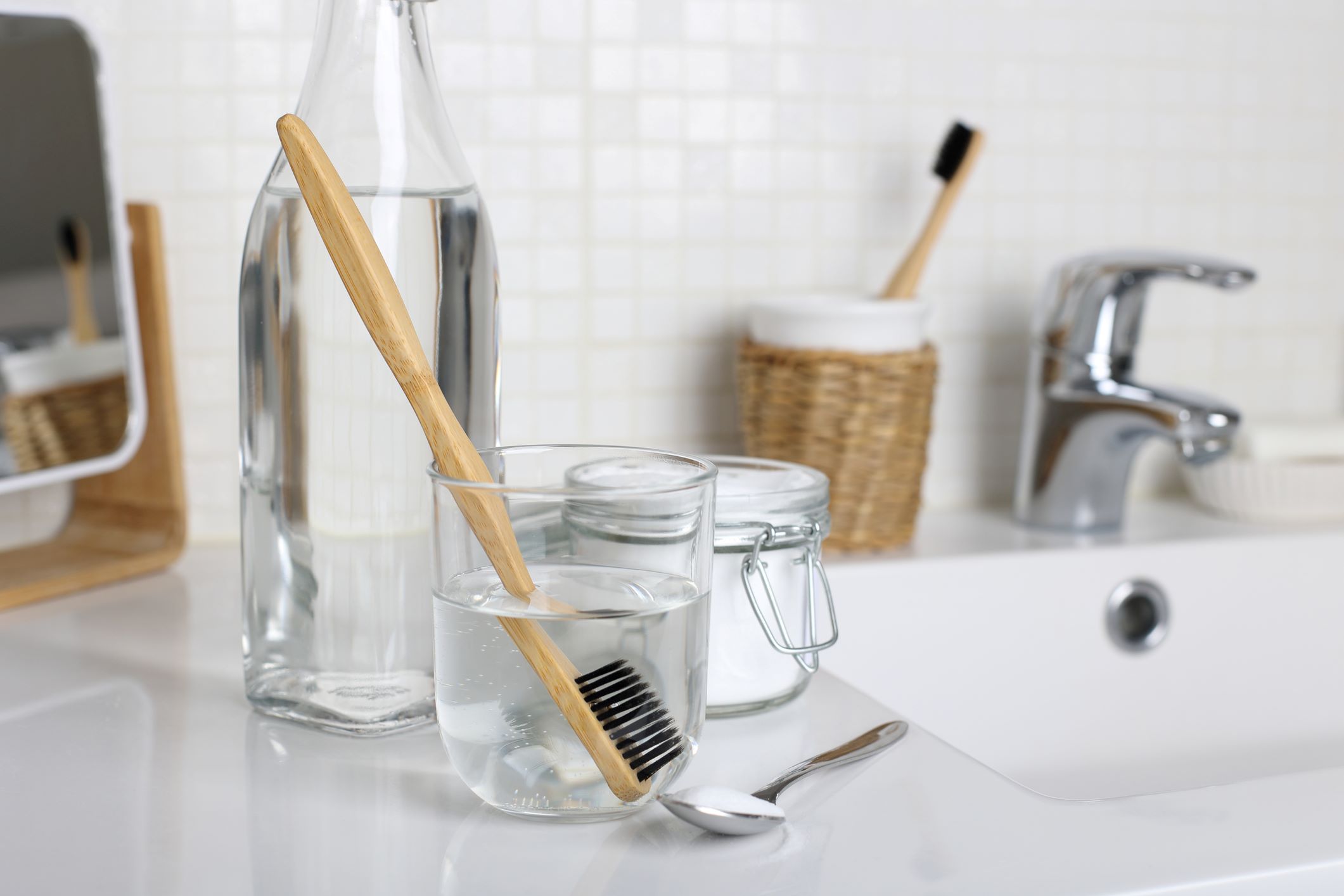

Bathroom Accessories
How To Clean Your Toothbrush With Hydrogen Peroxide
Modified: March 2, 2024
Learn how to effectively clean your toothbrush with hydrogen peroxide to maintain good oral hygiene and prevent bacteria buildup in your bathroom accessories. Discover simple steps for a cleaner, healthier toothbrush.
(Many of the links in this article redirect to a specific reviewed product. Your purchase of these products through affiliate links helps to generate commission for Storables.com, at no extra cost. Learn more)
Introduction
Maintaining good oral hygiene is essential for overall health, and one often overlooked aspect of this is the cleanliness of our toothbrushes. We use our toothbrushes daily to keep our teeth clean, but have you ever considered how clean the toothbrush itself is? Over time, toothbrushes can harbor bacteria, viruses, and other microorganisms, which can potentially reintroduce harmful agents into our mouths. To combat this, it's important to regularly clean our toothbrushes to ensure they remain hygienic and safe to use.
In this article, we will explore the benefits of using hydrogen peroxide as a cleaning agent for toothbrushes. Hydrogen peroxide is a versatile and effective disinfectant that can help eliminate harmful microorganisms that may be lurking on your toothbrush. We will delve into the reasons why cleaning your toothbrush is crucial, the advantages of using hydrogen peroxide, and provide a step-by-step guide on how to effectively clean your toothbrush using this powerful solution. Additionally, we will share some extra tips to help you maintain a clean toothbrush and promote good oral hygiene.
By the end of this article, you will have a comprehensive understanding of the importance of keeping your toothbrush clean and how hydrogen peroxide can be a valuable tool in achieving this goal. Let's dive into the world of toothbrush hygiene and discover the wonders of hydrogen peroxide as a cleaning agent!
Key Takeaways:
- Keep your toothbrush clean with hydrogen peroxide to fight off harmful germs and maintain a fresh brushing experience. It’s easy, safe, and affordable!
- Remember to replace your toothbrush regularly and practice good oral hygiene habits to keep your smile healthy and bright. Happy brushing!
Why Clean Your Toothbrush?
Maintaining a clean toothbrush is a crucial aspect of oral hygiene that is often overlooked. Our toothbrushes are exposed to various microorganisms, including bacteria, viruses, and fungi, during each use. These microorganisms can thrive in the warm, moist environment of the bathroom and may transfer onto the bristles of the toothbrush. Without proper cleaning, these pathogens can accumulate over time, posing potential health risks.
One of the primary reasons to clean your toothbrush is to prevent the reintroduction of harmful microorganisms into your mouth. When brushing, the bristles of the toothbrush come into contact with the teeth, gums, and tongue, making it a potential vehicle for transferring bacteria and other pathogens back into the oral cavity. If the toothbrush is not adequately cleaned, it can become a breeding ground for these microorganisms, leading to potential oral health issues.
Furthermore, a dirty toothbrush can compromise the effectiveness of oral hygiene practices. When the bristles are contaminated with microorganisms, they may not effectively remove plaque, food particles, and other debris from the teeth and gums. This can hinder the overall cleaning process and diminish the benefits of regular brushing.
In addition to the potential health implications, an unclean toothbrush can also lead to unpleasant odors and tastes during brushing. The accumulation of bacteria and other microorganisms on the toothbrush can contribute to a foul smell and taste, which can be off-putting and affect the overall brushing experience.
By understanding the reasons behind the importance of cleaning your toothbrush, you can take proactive steps to maintain good oral hygiene and minimize the risk of potential health issues associated with an unclean toothbrush. In the following sections, we will explore the benefits of using hydrogen peroxide as a cleaning agent and provide a detailed guide on how to effectively clean your toothbrush using this powerful solution.
Benefits of Using Hydrogen Peroxide
Hydrogen peroxide offers a multitude of benefits when used as a cleaning agent for toothbrushes. Its antimicrobial properties make it an effective solution for eliminating potentially harmful microorganisms that may reside on toothbrushes. Here are the key benefits of using hydrogen peroxide for toothbrush cleaning:
1. Antimicrobial Action:
Hydrogen peroxide is renowned for its potent antimicrobial properties. When used to clean toothbrushes, it can effectively target and destroy a wide range of microorganisms, including bacteria, viruses, and fungi. This helps to reduce the microbial load on the toothbrush, minimizing the risk of reintroducing harmful pathogens into the mouth during brushing.
2. Safe and Non-Toxic:
One of the notable advantages of hydrogen peroxide is its safety and non-toxic nature when used in appropriate concentrations. It is a common ingredient in oral care products and has been widely used as a disinfectant for various purposes. When diluted correctly, hydrogen peroxide is safe for cleaning toothbrushes and does not pose any significant health risks.
Read more: How To Clean A Carpet With Hydrogen Peroxide
3. Affordable and Readily Available:
Hydrogen peroxide is a cost-effective cleaning solution that is readily available at most pharmacies and grocery stores. Its affordability and accessibility make it a convenient option for maintaining the cleanliness of toothbrushes without the need for specialized or expensive cleaning products.
4. Effervescent Cleaning Action:
When hydrogen peroxide comes into contact with organic matter, it undergoes a mild effervescent reaction, which helps to dislodge debris and microorganisms from the bristles of the toothbrush. This bubbling action aids in the mechanical removal of contaminants, enhancing the overall cleaning effectiveness.
5. Whitening Effect:
In addition to its antimicrobial properties, hydrogen peroxide can also contribute to the whitening of toothbrush bristles. This can help restore the appearance of the bristles, giving the toothbrush a fresher and cleaner look after the cleaning process.
By leveraging these benefits, hydrogen peroxide serves as a versatile and reliable solution for maintaining the hygiene of toothbrushes. In the following section, we will delve into the step-by-step process of cleaning your toothbrush with hydrogen peroxide, providing you with a comprehensive guide to ensure effective and thorough cleaning.
Steps to Clean Your Toothbrush with Hydrogen Peroxide
Cleaning your toothbrush with hydrogen peroxide is a simple yet effective process that can help maintain its hygiene and ensure a clean brushing experience. Follow these steps to effectively clean your toothbrush using hydrogen peroxide:
-
Prepare the Hydrogen Peroxide Solution:
- Start by diluting hydrogen peroxide with an equal amount of water to achieve a safe and effective cleaning solution. A 3% concentration of hydrogen peroxide is commonly used for oral care purposes. Mix the solution in a clean container that is large enough to submerge the head of the toothbrush.
-
Soak the Toothbrush:
- Submerge the bristles of the toothbrush in the prepared hydrogen peroxide solution. Ensure that the entire head of the toothbrush is immersed in the solution to facilitate thorough cleaning. Allow the toothbrush to soak for at least 5 minutes to ensure that the hydrogen peroxide effectively targets and eliminates any microorganisms present on the bristles.
-
Rinse Thoroughly:
- After the soaking period, remove the toothbrush from the hydrogen peroxide solution and thoroughly rinse it under running water. Ensure that all traces of the hydrogen peroxide solution are completely washed away from the bristles and handle of the toothbrush.
-
Air Dry the Toothbrush:
- Place the rinsed toothbrush in an upright position to air dry. Allow the toothbrush to air dry completely before its next use. Avoid covering the toothbrush head or storing it in a closed container while it is still damp, as this can create a conducive environment for microbial growth.
-
Repeat Regularly:
- Incorporate the cleaning process into your oral care routine by repeating it at least once a week. Regular cleaning with hydrogen peroxide can help maintain the cleanliness of your toothbrush and minimize the accumulation of microorganisms over time.
By following these simple steps, you can effectively clean your toothbrush using hydrogen peroxide, ensuring that it remains free from harmful microorganisms and contributes to your overall oral hygiene. Additionally, the use of hydrogen peroxide as a cleaning agent offers a safe and affordable solution for promoting the cleanliness of your toothbrush, supporting your commitment to maintaining good oral health.
Additional Tips for Maintaining a Clean Toothbrush
In addition to cleaning your toothbrush with hydrogen peroxide, there are several supplementary tips and practices that can further contribute to the maintenance of a clean and hygienic toothbrush. By incorporating these additional tips into your oral care routine, you can enhance the effectiveness of toothbrush cleaning and promote optimal oral hygiene. Here are some valuable tips to consider:
-
Replace Your Toothbrush Regularly:
Over time, the bristles of a toothbrush can become worn and frayed, diminishing their cleaning effectiveness. It is recommended to replace your toothbrush or toothbrush head every 3 to 4 months, or sooner if the bristles show signs of wear. By using a fresh toothbrush, you can ensure that the bristles effectively remove plaque and debris from the teeth and gums, contributing to thorough oral hygiene. -
Store Your Toothbrush Properly:
Proper storage of your toothbrush is essential to prevent the accumulation of microorganisms. After each use, thoroughly rinse the toothbrush under running water to remove any remaining toothpaste and debris. Store the toothbrush in an upright position to allow for air circulation and drying. Avoid storing multiple toothbrushes in close proximity, as this can lead to cross-contamination. -
Avoid Sharing Toothbrushes:
Sharing toothbrushes can lead to the transfer of microorganisms between individuals, increasing the risk of oral infections and illnesses. Encourage each family member to use their own designated toothbrush to minimize the potential spread of bacteria and viruses. -
Consider Using a Toothbrush Sanitizer:
Toothbrush sanitizers are available as additional tools to help eliminate bacteria and germs from toothbrushes. These devices use UV light or other sanitizing methods to reduce microbial contamination on the bristles. While not essential, using a toothbrush sanitizer can provide an extra layer of cleanliness for your toothbrush. -
Practice Good Oral Hygiene Habits:
In addition to maintaining a clean toothbrush, practicing good oral hygiene habits, such as regular brushing, flossing, and using mouthwash, can contribute to overall oral health. By incorporating these habits into your daily routine, you can minimize the accumulation of plaque and bacteria in the mouth, further supporting the cleanliness of your toothbrush.
By integrating these additional tips into your oral care regimen, you can optimize the cleanliness and hygiene of your toothbrush, promoting a healthy oral environment and reducing the risk of potential oral health issues. These simple yet effective practices can complement the use of hydrogen peroxide as a cleaning agent, ensuring that your toothbrush remains a reliable tool for maintaining optimal oral hygiene.
Conclusion
In conclusion, maintaining the cleanliness of your toothbrush is an essential aspect of oral hygiene that should not be overlooked. By regularly cleaning your toothbrush with hydrogen peroxide, you can effectively eliminate harmful microorganisms and ensure a hygienic brushing experience. The antimicrobial properties of hydrogen peroxide make it a valuable and versatile solution for targeting bacteria, viruses, and fungi that may reside on toothbrushes, thereby reducing the risk of reintroducing pathogens into the mouth during brushing.
The step-by-step process of cleaning your toothbrush with hydrogen peroxide provides a straightforward and practical approach to promoting toothbrush hygiene. By incorporating this cleaning method into your oral care routine, you can contribute to the overall cleanliness of your toothbrush and minimize the potential health risks associated with an unclean oral hygiene tool.
Furthermore, the additional tips for maintaining a clean toothbrush offer valuable insights into enhancing the effectiveness of toothbrush cleaning and promoting optimal oral hygiene. From replacing your toothbrush regularly to practicing proper storage and avoiding the sharing of toothbrushes, these supplementary practices complement the use of hydrogen peroxide as a cleaning agent, reinforcing the importance of maintaining a clean and hygienic toothbrush.
By embracing the benefits of hydrogen peroxide and implementing the recommended cleaning and maintenance practices, you can take proactive steps to safeguard your oral health and well-being. The combination of effective cleaning methods, regular replacement of toothbrushes, and the adoption of good oral hygiene habits contributes to a comprehensive approach to maintaining a clean and healthy oral environment.
Incorporating the knowledge and practices outlined in this article into your oral care regimen empowers you to prioritize the cleanliness of your toothbrush and promote optimal oral hygiene. By doing so, you can enjoy the confidence of knowing that your toothbrush is a reliable tool for maintaining a healthy and clean smile, supporting your overall well-being and oral health.
Remember, a clean toothbrush is not only a reflection of good oral hygiene but also a proactive measure in safeguarding your oral health. Embrace the power of hydrogen peroxide and the recommended practices to ensure that your toothbrush remains a trusted ally in your journey towards a healthy and radiant smile.
Frequently Asked Questions about How To Clean Your Toothbrush With Hydrogen Peroxide
Was this page helpful?
At Storables.com, we guarantee accurate and reliable information. Our content, validated by Expert Board Contributors, is crafted following stringent Editorial Policies. We're committed to providing you with well-researched, expert-backed insights for all your informational needs.
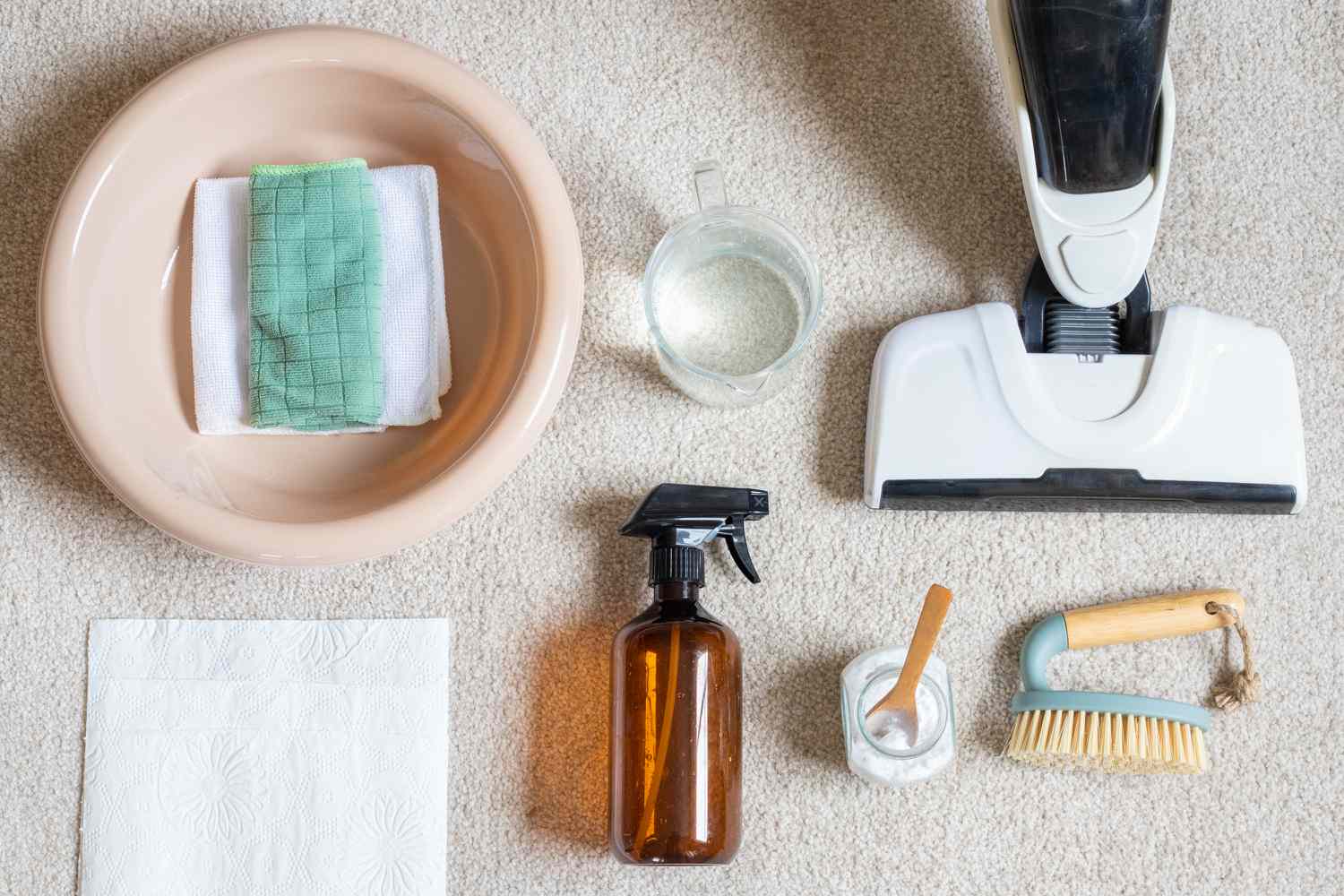
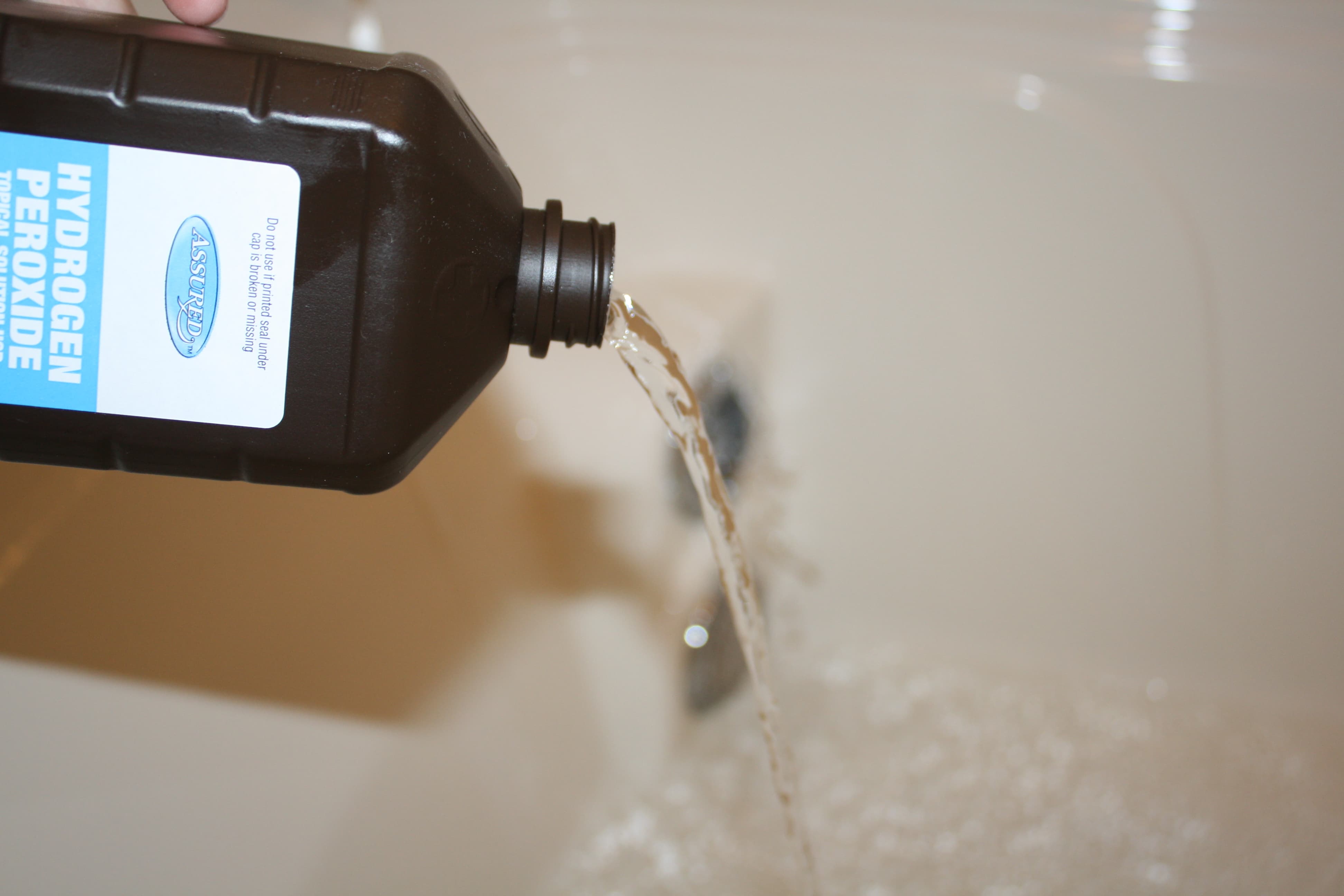
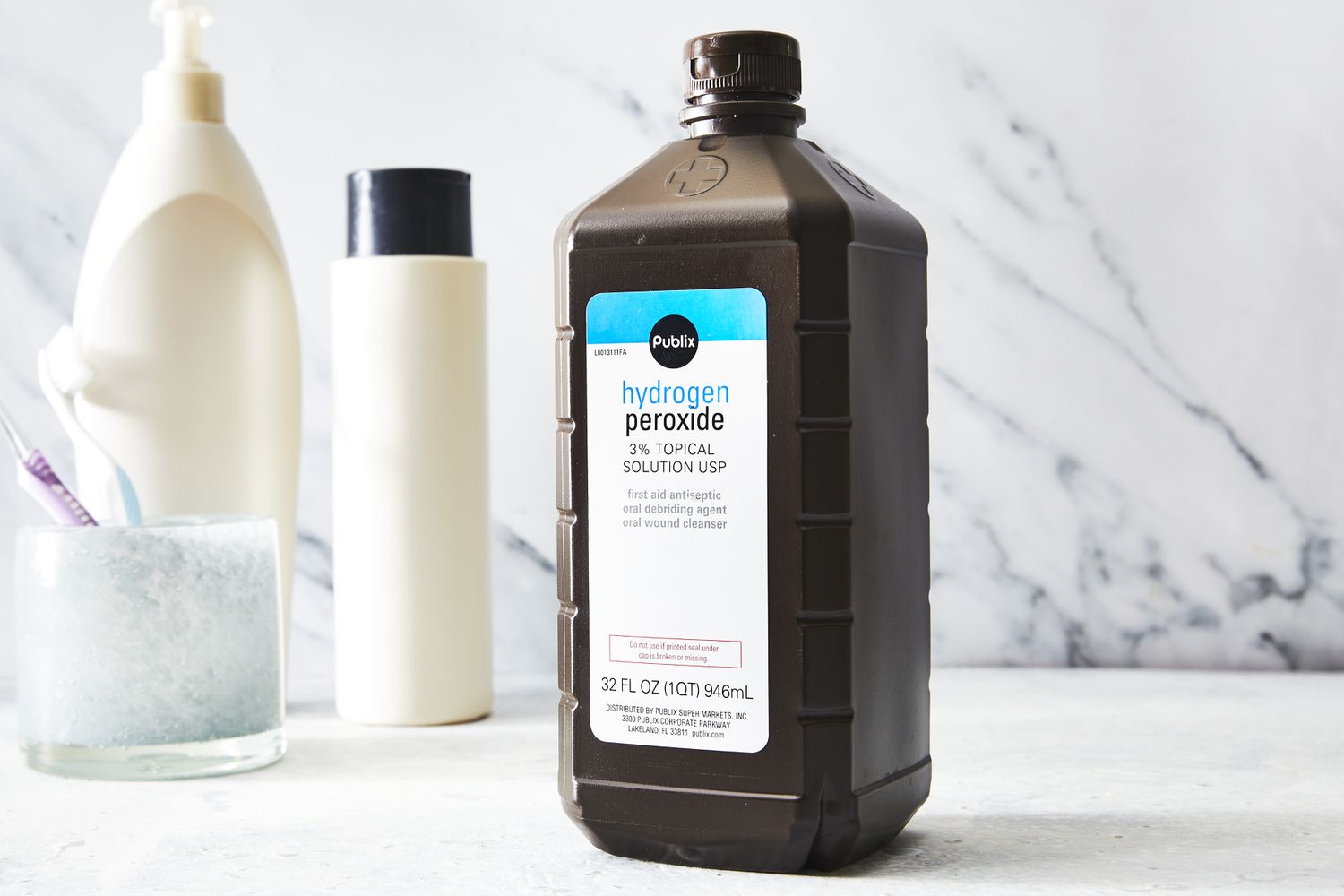
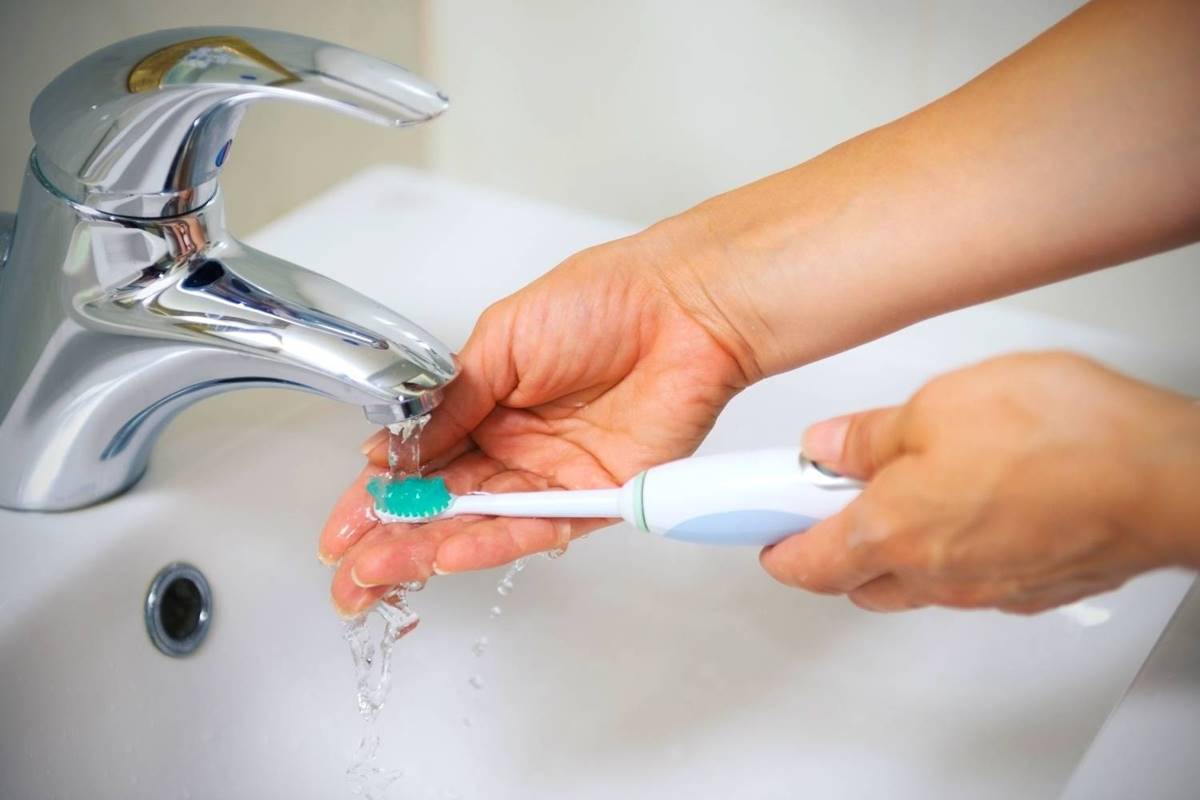
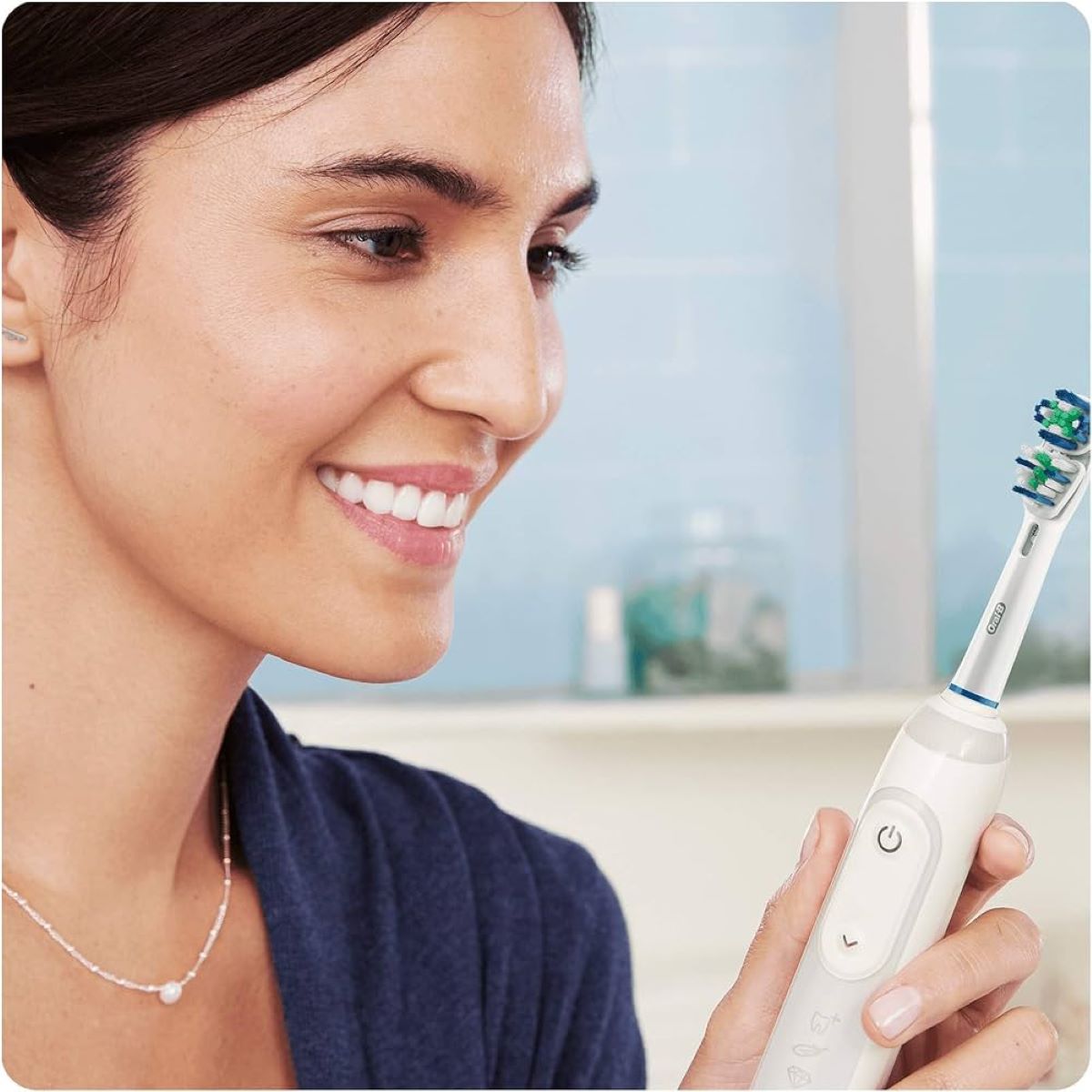
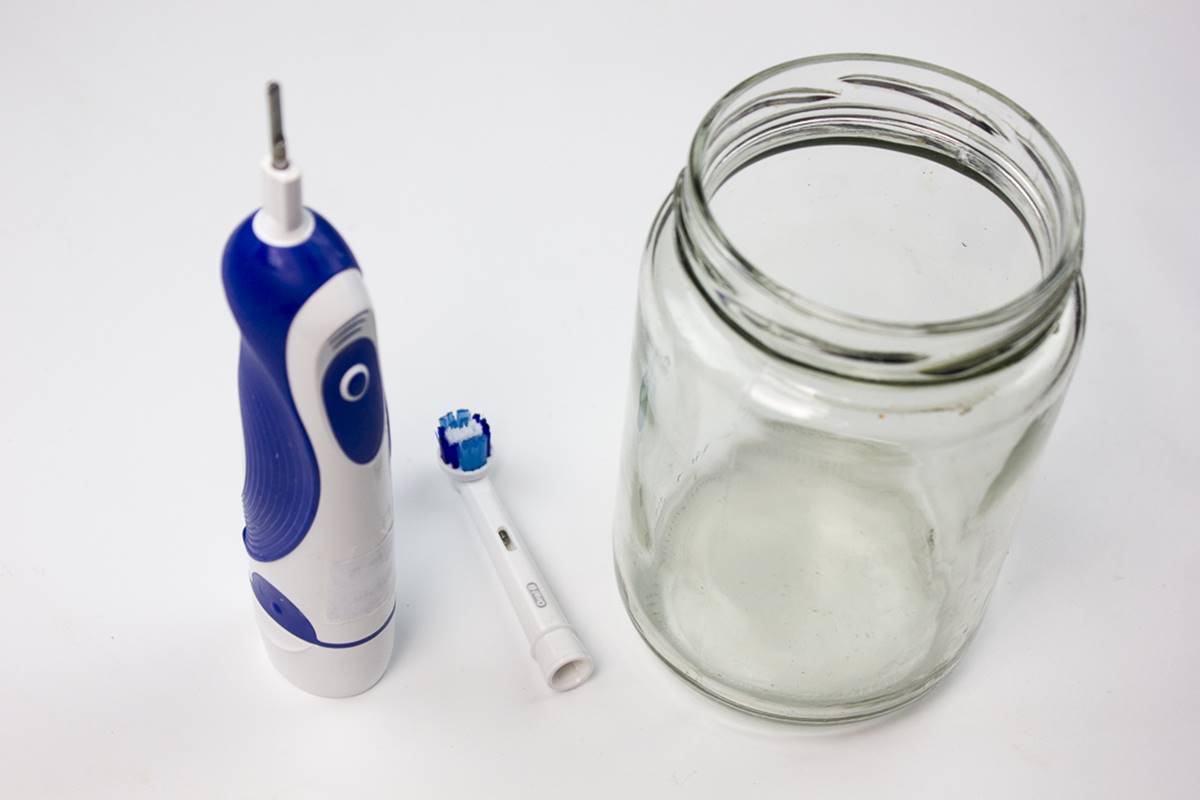
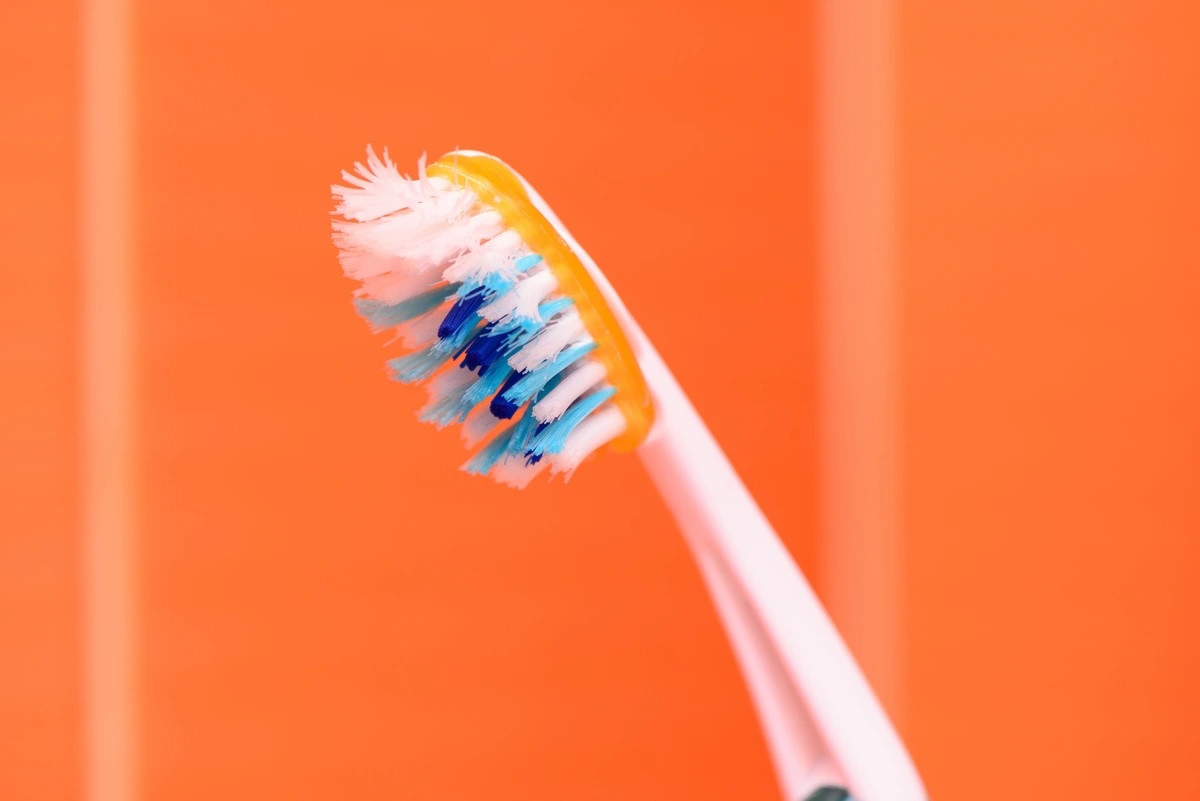

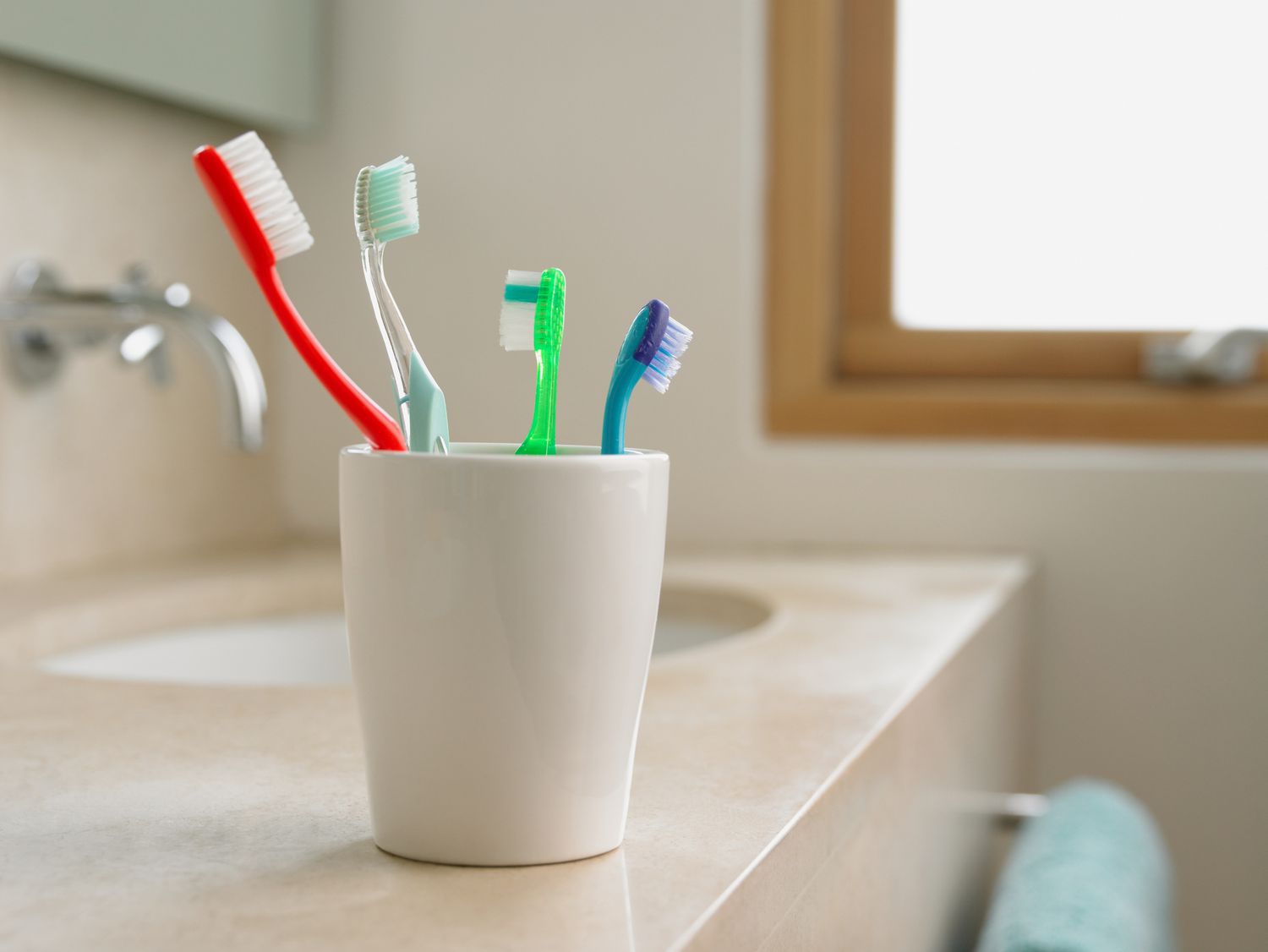
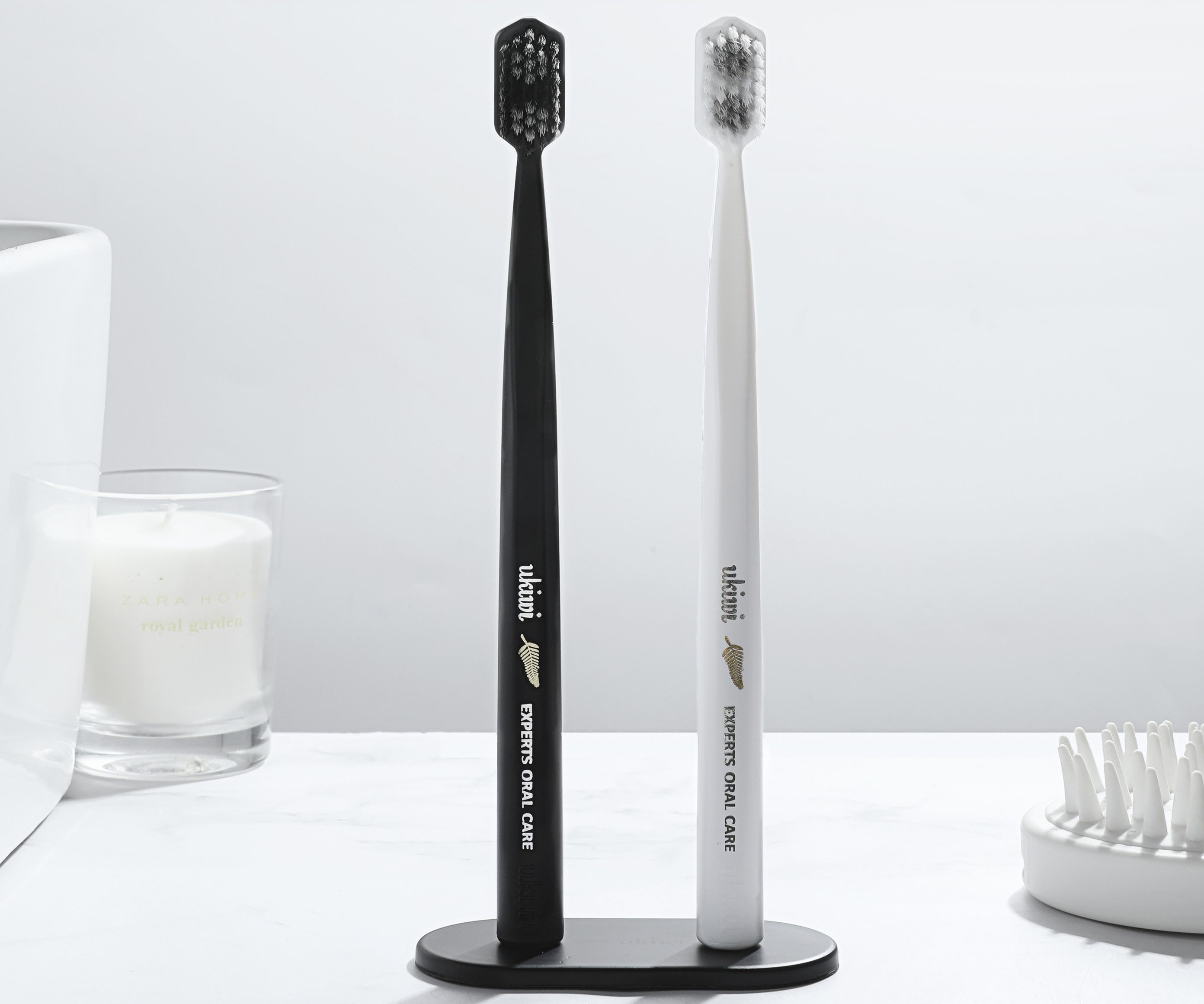
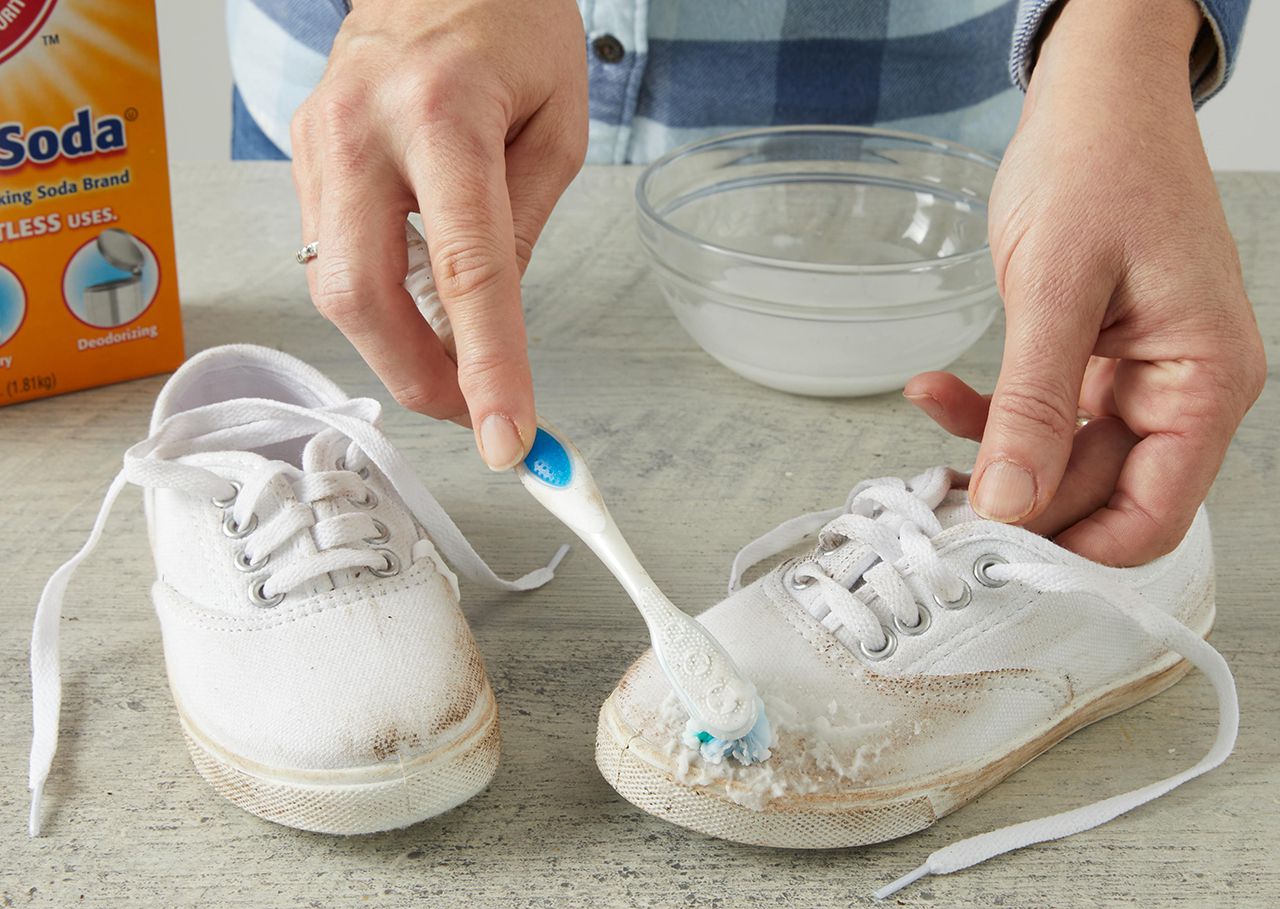
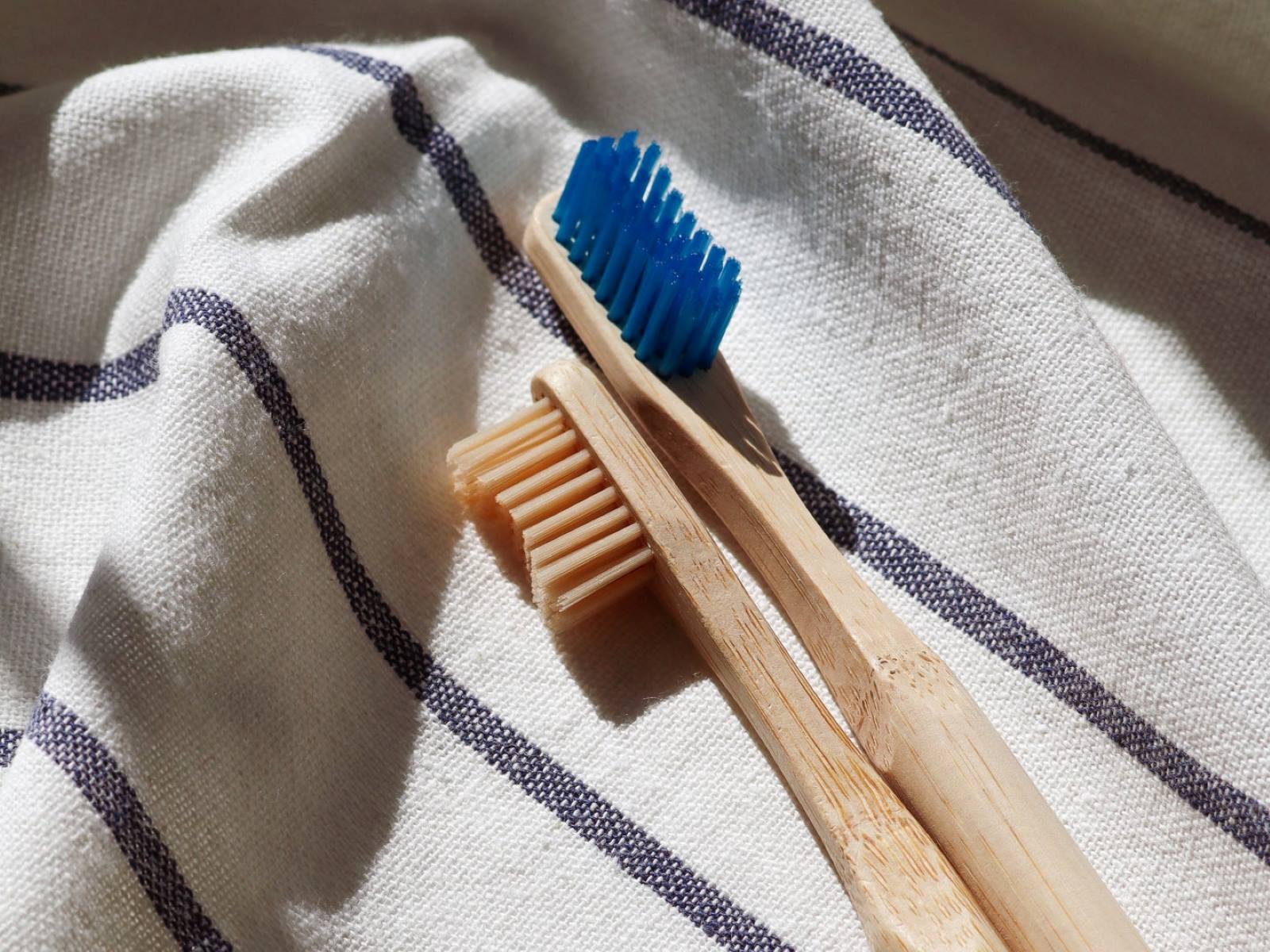
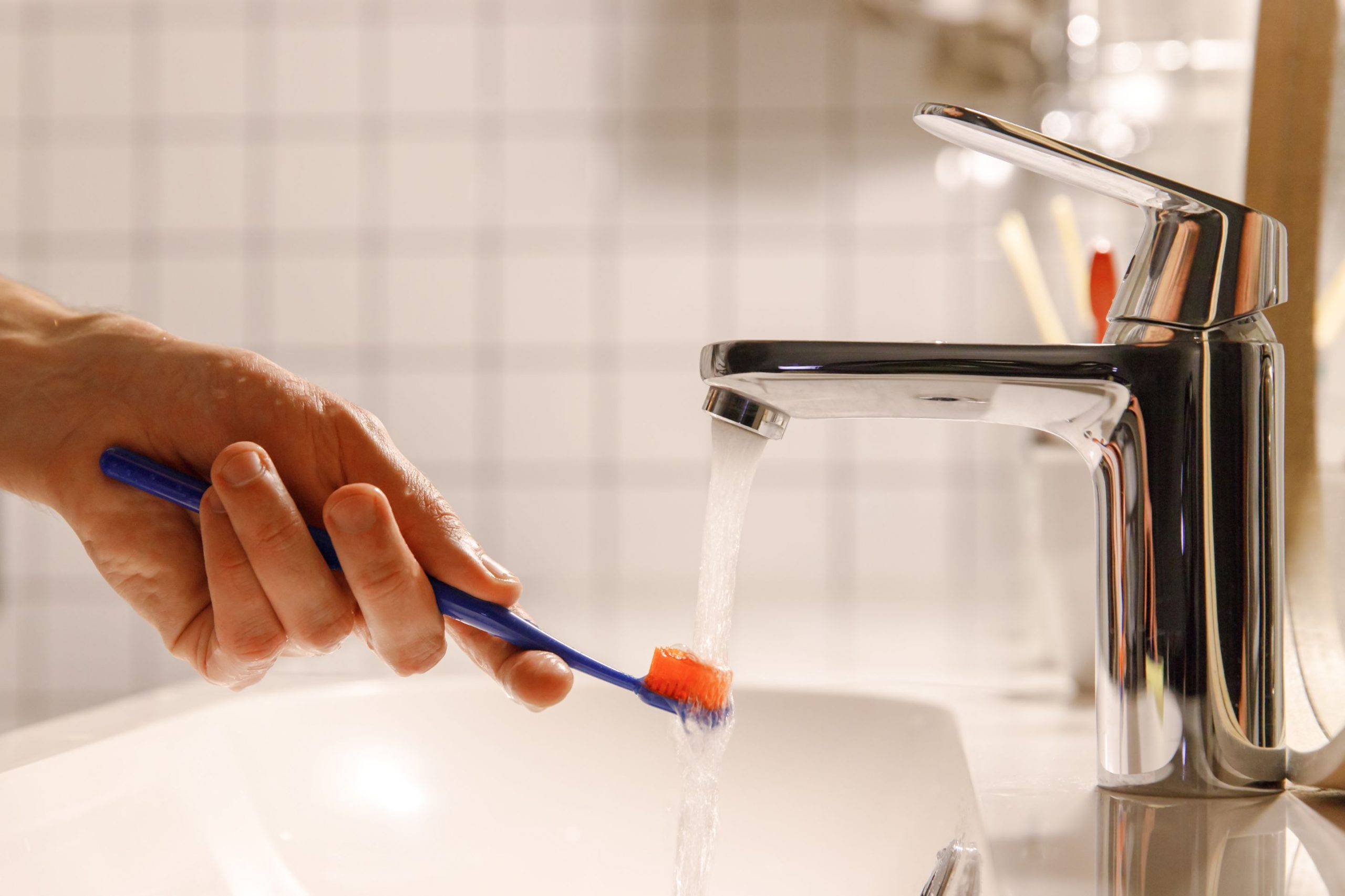

0 thoughts on “How To Clean Your Toothbrush With Hydrogen Peroxide”